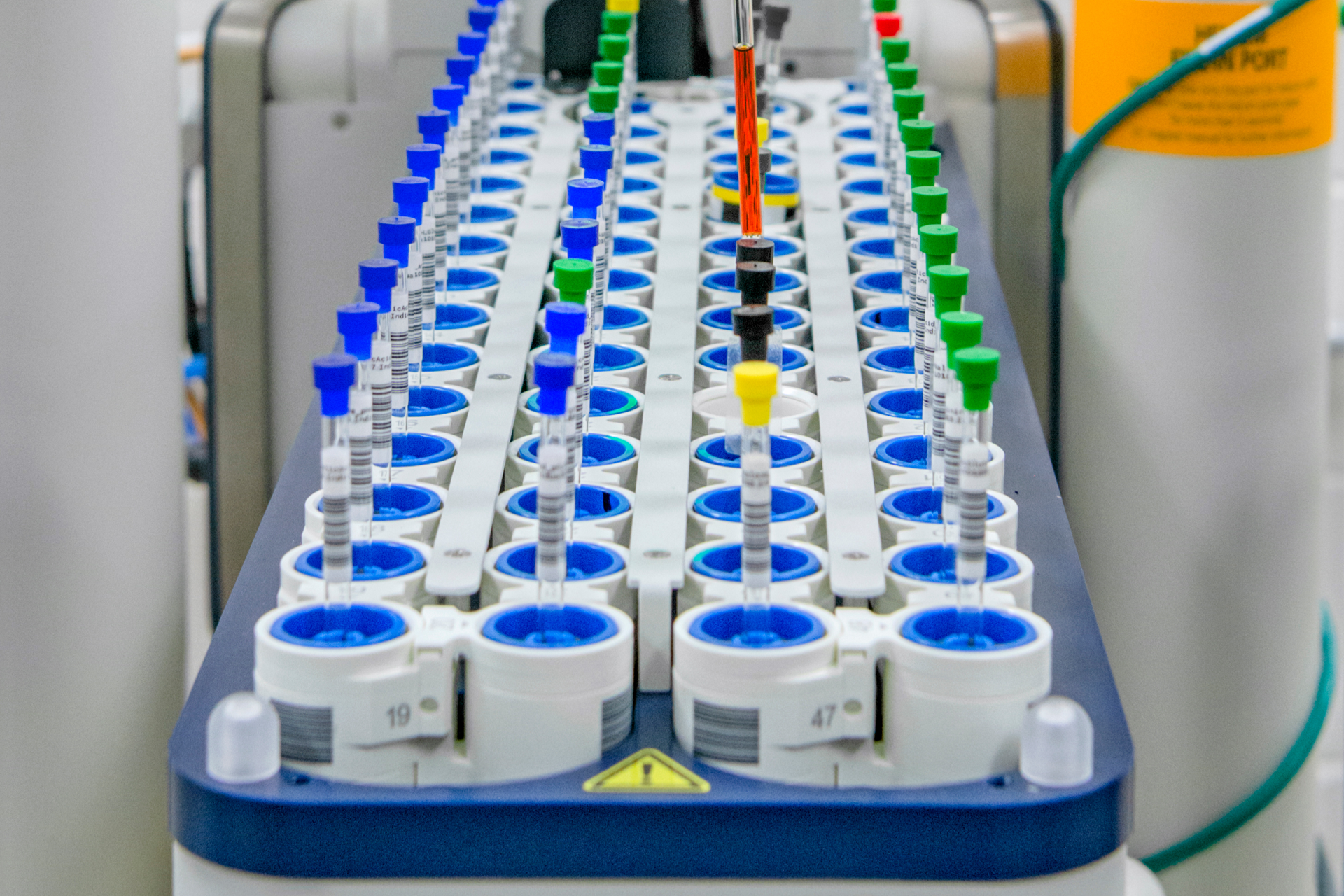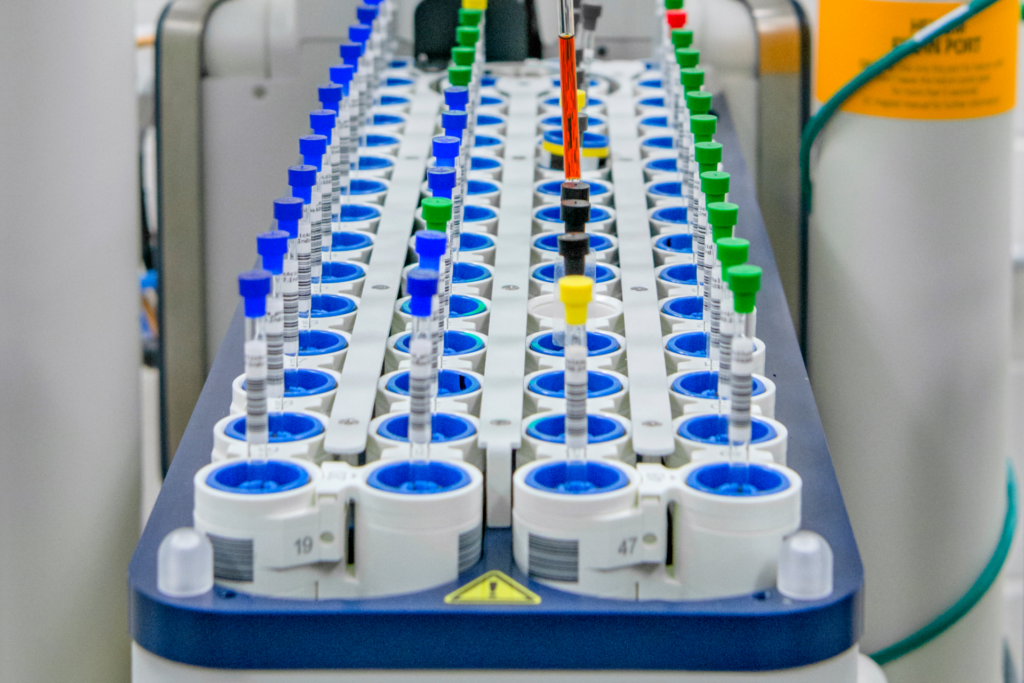
Phthalates are widely used as additives (plasticisers) in the production of plastic materials, such as PVC, and act to soften the materials to increase its processability, flexibility and extensibility. They are also added to paints, varnishes and rubbers as well as to certain food packaging materials.
Phthalates are not chemically bound to the materials they are used in and can be released over time and by contact. Accordingly, they are ubiquitous in the environment and background levels are found in all foods and beverages. They are also absorbed into the body through inhalation and skin contact.
In the food and beverage industry, passible sources of phthalates will include hoses, coatings and/or linings, paints, pipes, tanks and packaging.
Sampling and analysis
Samples submitted for this test should be provided as finished packaged product. If analysis is required for bulk samples, please contact the customer service team for appropriate procedures and packaging. Incorrect sample containers or the use of plastic tubing or other devices during collection can contaminate the samples and give incorrect results.
Levels for the following phthalates will be reported.
| Phthalate | Acronym | Limit of reporting (mg/KG |
|---|---|---|
| dibutyl phthalate | DBP | 0.3 |
| butyl benzyl phthalate | BBP | 1 |
| bis(2-ethylhexyl)phthalate | DEHP | 1 |
| di-n-octyl phthalate | DnOP | 1 |
| di-iso-nonyl phthalate | DINP | 1 |
| di-iso-decyl phthalate | DIDP | 1 |
| dimethyl phthalate | DMP | 1 |
| diethyl phthalate | DEP | 1 |
NOTE: samples submitted for this test should be provided as finished packaged product which will be used exclusively for this test. The test must be performed on opening; any other analysis will require separate sample(s).



